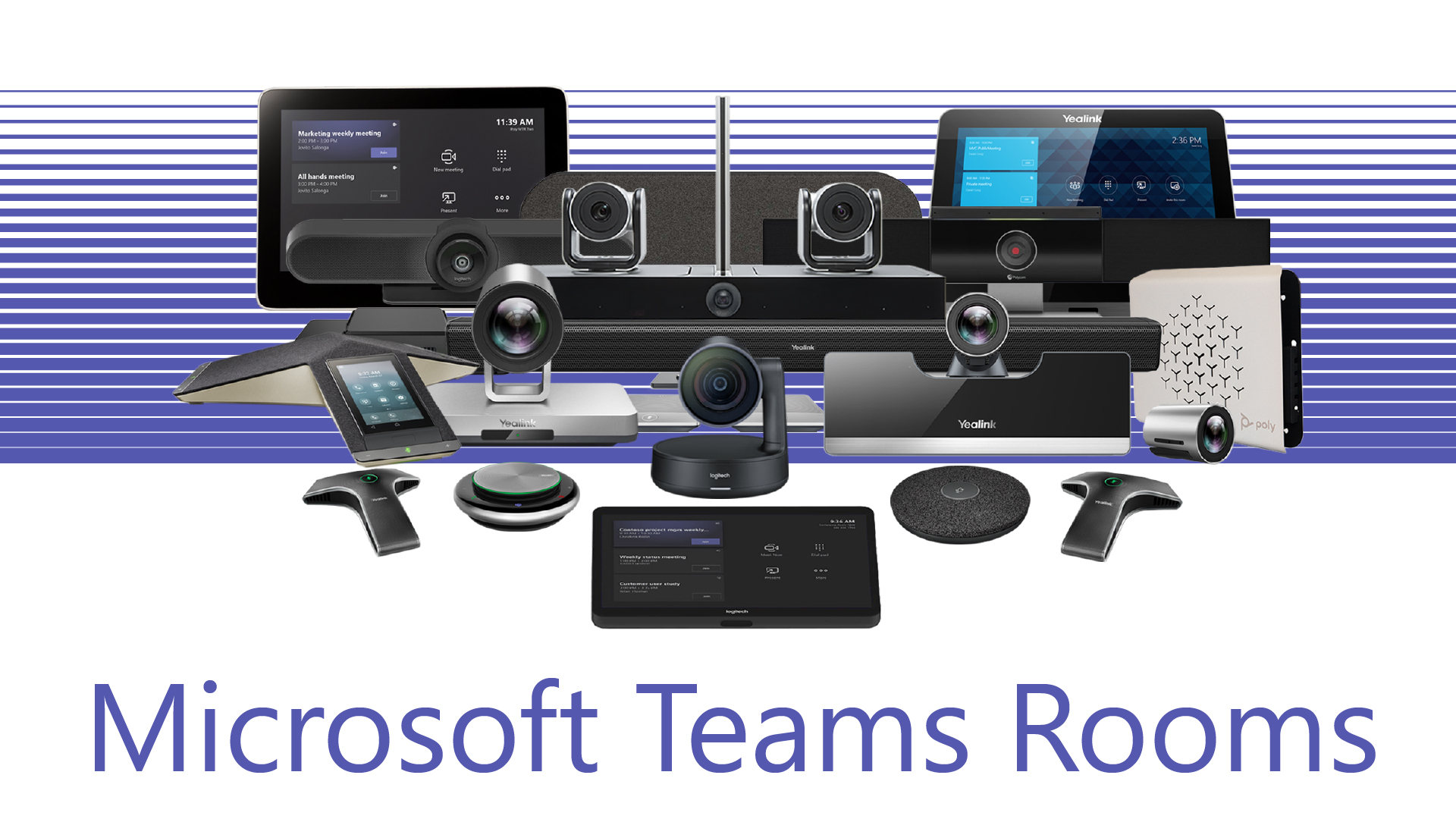Migrating from Skype to Teams or Zoom? What to Know.
Why migrate to Microsoft Teams (or Zoom)? Well, you don’t really have much choice with Skype going away. Lets talk about how to strategically transition your teams away from Skype.
Migrating from Skype to Teams or Zoom? What to Know.
Transitioning to a hybrid workforce model will require ongoing investment to successfully rethink how we work and communicate. Here are 5 ways to make sure you are investing wisely.

Still using Skype for Business? It’s crunch time.
In smaller organizations with no integrations and standard communications needs, migration from Skype can be relatively fast and straightforward
By contrast, in larger organizations, there may be multiple integrations and complicated business requirements for communications and collaboration. There may also be important business process changes to consider. So for larger organizations, a Teams migration may require months of planning, configuring, testing, training, and deployment.
With the deadline on July 31, 2021 – it’s time to get moving on the migration.
Usage of Teams has grown rapidly during the pandemic. In 2019, it had 500,000 organizations using Teams worldwide. In October 2020, Microsoft said Teams had more than 115 million daily active users, up from 75 million daily active users in April.
For Microsoft, Teams not only represents the next iteration of Skype for Business, it also marks their move into the workforce collaboration field. Compared to Skype for Business, Teams receive significantly more development effort. New features for Teams appear regularly, and the user experience continues to improve
Transitioning to Teams
When you begin the process of transitioning users to Microsoft Teams, you want to make sure you have buy-in and trust from the team. The new product (Teams – or Zoom), must meet the needs of your users or adoption will be more difficult. To ensure a smooth transition, you can use Microsoft Teams in a side-by-side mode with Skype for Business to get users used to the Teams platform.
Another option is to go phased with no functionality overlap. In this case, again, you’ll be starting with Skype for Business. You’ll still have all your workloads on Skype for Business, but with Microsoft Teams added in for the collaboration element. This means there would be no audio, no video, and no meetings in Teams; it would only be used for channels, chat, files, bots.
In this functionality, everything in the middle box (your calls, your meetings, etc.) are still on Skype for Business. It helps everyone get used to collaboration in Microsoft Teams. It gets users comfortable with the concept, which then makes the move to Teams-only that much easier!
Another option for phased mode is something you‘ll hear Microsoft talk about as “Meetings First.” This is a slightly different variant on phases, and it’s being picked up increasingly by Skype for Business server customers. You may want to slow down the process of transitioning to Teams but still want to take advantage of meetings in the cloud because of the unique offerings of cloud-based recording. For that purpose, you can light up Teams for collaboration and meetings. Skype for Business is still there for direct chat and telephony, but Teams is now the only icon in Outlook to create meetings.
This option is really good for those that want to get the modern meeting experience but have rolled out lots of Skype for Business server gateways and phones and just aren’t ready to make that leap to the cloud yet, but want to get some business value out of Microsoft Teams today.
What About Zoom – is That A Better Option Than Teams?
Zoom presents a fresh option for companies migrating away from Skype for Business. Although a much younger product, Zoom has quickly built a reputation as a best of breed solution for video conferencing, and they’ve recently added PSTN support — something they’re calling “Zoom Phone.” Zoom’s age is also its advantage: it was designed for the cloud and with the mobile-first worker in mind. Compared to Microsoft Teams, Zoom has a much smaller feature set, though its features are geared towards end-user experience, including simplified “join meeting” functionality for first-time users.
The good news for those looking to transitioning from Skype to Zoom is that Zoom’s emphasis on happy end-users makes the basic functionality relatively easy to pick up. Skype for Business users will appreciate many of the same shared features, including webinars, recording, and basic instant messaging. However, one area of difficulty in transition is ensuring end-user settings enable the right capabilities. Should a meeting be able to start before the host is present? End when the host leaves? When a meeting starts, should video be on? These are just some of the many settings that must be carefully considered.
Whether your organization migrates to Teams, Zoom or even a combination of both – we can help you design, install and support any AV technology changes or upgrades.
We’ll help you upgrade your conference room and training room technology as well as Microsoft Teams Rooms or Zoom Rooms.



